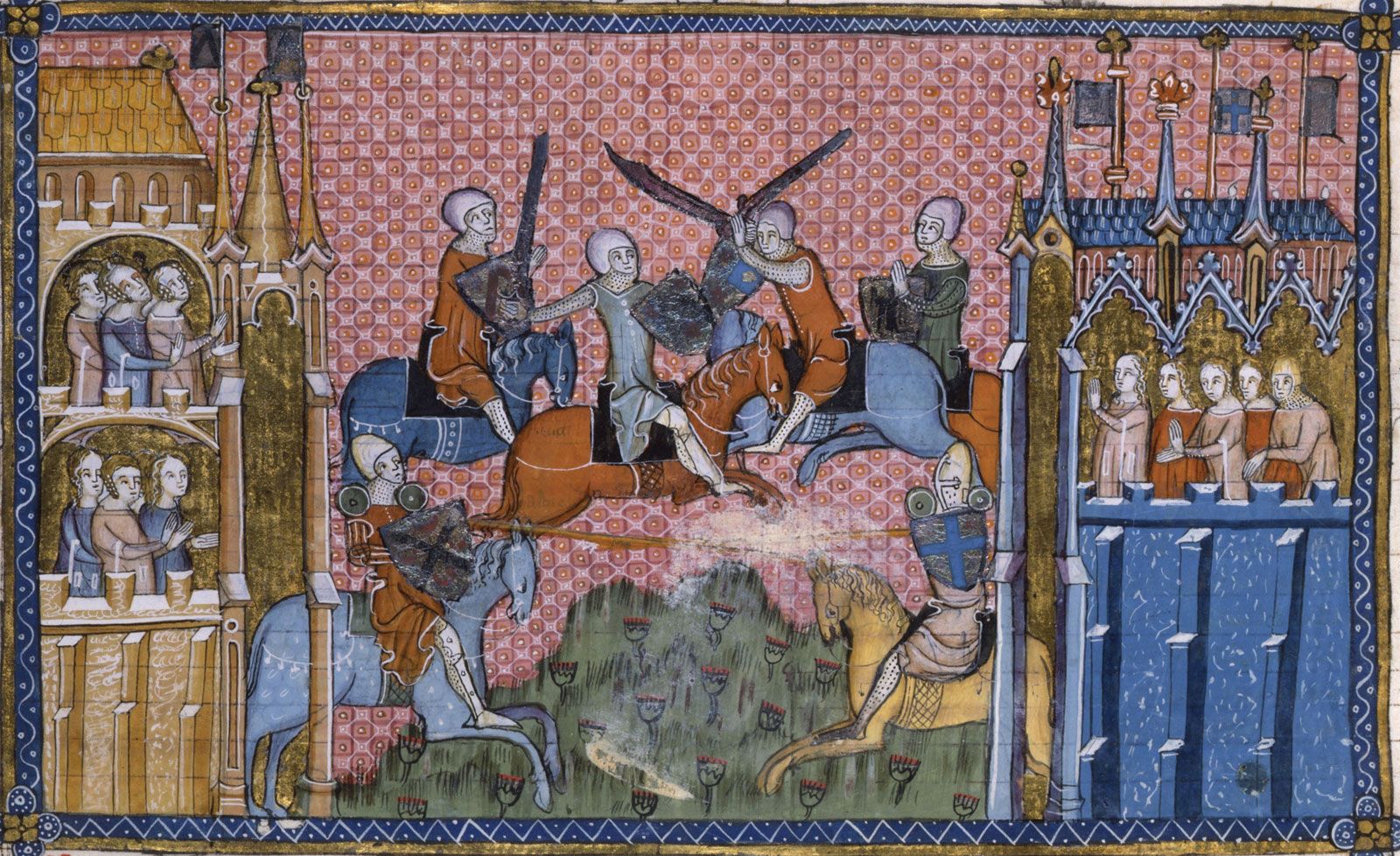The medieval period in Europe was a time of great valor, honor, and chivalry. Knights, often depicted as noble and honorable warriors, played a crucial role in the social and military hierarchy of the time. Let’s delve into the fascinating world of knights and chivalry in medieval Europe.
Who Were the Knights?
Knights were skilled and heavily armored warriors who served their lords with unwavering loyalty and bravery. They were often trained from a young age in the art of combat, horsemanship, and various skills necessary for battle. The code of chivalry guided their behavior and set the ethical and moral standards for their conduct on and off the battlefield.
The Code of Chivalry
The chivalric code was a set of rules and behaviors that knights were expected to uphold. It emphasized virtues such as honor, honesty, bravery, and loyalty. The code also promoted courtesy, respect for women, and protection of the weak and oppressed. It was a moral compass that guided the actions and deeds of knights, shaping them into exemplars of noble behavior.
Roles and Responsibilities of Knights
Knights were more than just warriors; they were also expected to uphold the values of chivalry and act as protectors of the realm. They were often tasked with defending castles and lands, resolving disputes, and representing their lords in matters of diplomacy. Additionally, knights played a vital role in medieval warfare, forming the backbone of many armies and leading charges into battle with unwavering courage.
Training and Knighthood
Young noble boys aspiring to become knights underwent rigorous training and education in combat, warfare tactics, and the code of chivalry. Upon reaching maturity, they would partake in a formal ceremony, known as the dubbing ceremony, where they were proclaimed as knights. This ceremony symbolized their readiness to embrace their duties and uphold the code of chivalry.
Armor and Weapons
Knights were renowned for their distinctive armor, which provided them with protection on the battlefield. Their armor consisted of chain mail, plate armor, and helmets, often adorned with impressive crests and symbols of their noble lineage. Their weapons included swords, lances, maces, and shields, each meticulously crafted and designed for both functionality and aesthetic appeal.

Credit: www.history.com
The Decline of Knights
As the medieval period transitioned into the Renaissance, the role of knights gradually diminished. The emergence of gunpowder and firearms revolutionized warfare, making traditional knightly tactics less effective. Additionally, the centralized power of monarchs and the professionalization of armies led to a decline in the influence and significance of individual knights.
Legacy of Knights and Chivalry
Despite their eventual decline, the legacy of knights and chivalry continued to captivate the imagination of people through literature, art, and popular culture. Tales of valorous knights embarking on noble quests and rescuing damsels in distress became enduring themes in medieval literature and folklore. The code of chivalry also left a lasting impact, influencing concepts of honor and gallantry for centuries to come.

Credit: www.medievalchronicles.com
Frequently Asked Questions For Knights And Chivalry In Medieval Europe: Unveiling The Power And Honor
How Did Knights Become A Part Of Medieval Society?
Knights evolved from warriors and played a crucial role in medieval Europe. They emerged as the elite fighting class, serving lords and protecting the kingdom.
What Was The Code Of Chivalry Followed By Knights?
The code of chivalry, followed by knights, emphasized virtues like honor, loyalty, courage, and courtesy. It guided their behavior both on and off the battlefield.
Were Only Men Allowed To Become Knights?
Yes, traditionally, only men were allowed to become knights in medieval Europe. Knighthood was granted to noble-born males who proved their valor and loyalty.
Did Knights Own Their Armor And Weapons?
Yes, knights owned their armor and weapons, which were expensive and customized according to their requirements. These possessions were often passed down through generations.
Conclusion
Knights and chivalry were integral aspects of medieval European society, embodying the ideals of honor, bravery, and nobility. Their enduring legacy continues to inspire admiration and fascination, serving as a testament to the timeless allure of chivalric virtues. The romanticized image of knights on horseback, clad in shining armor and upholding the code of chivalry, remains a symbol of valor and righteousness, echoing through the annals of history.
Guest Author Sakhawat-Shuvo wrote and edited this Article based on his best knowledge and understanding. These opinions and remarks are not endorsed or guaranteed by epichistoria.com or EpicHistoria. The Epic Historia does not guarantee this article’s content. Readers should verify and use their judgment before trusting the content. Also, the Images used in this Article are the copyright of their Respective Owners. Please use our Comment Box or Contact Us form to report this content. This information is not accountable for losses, injuries, or damages.


